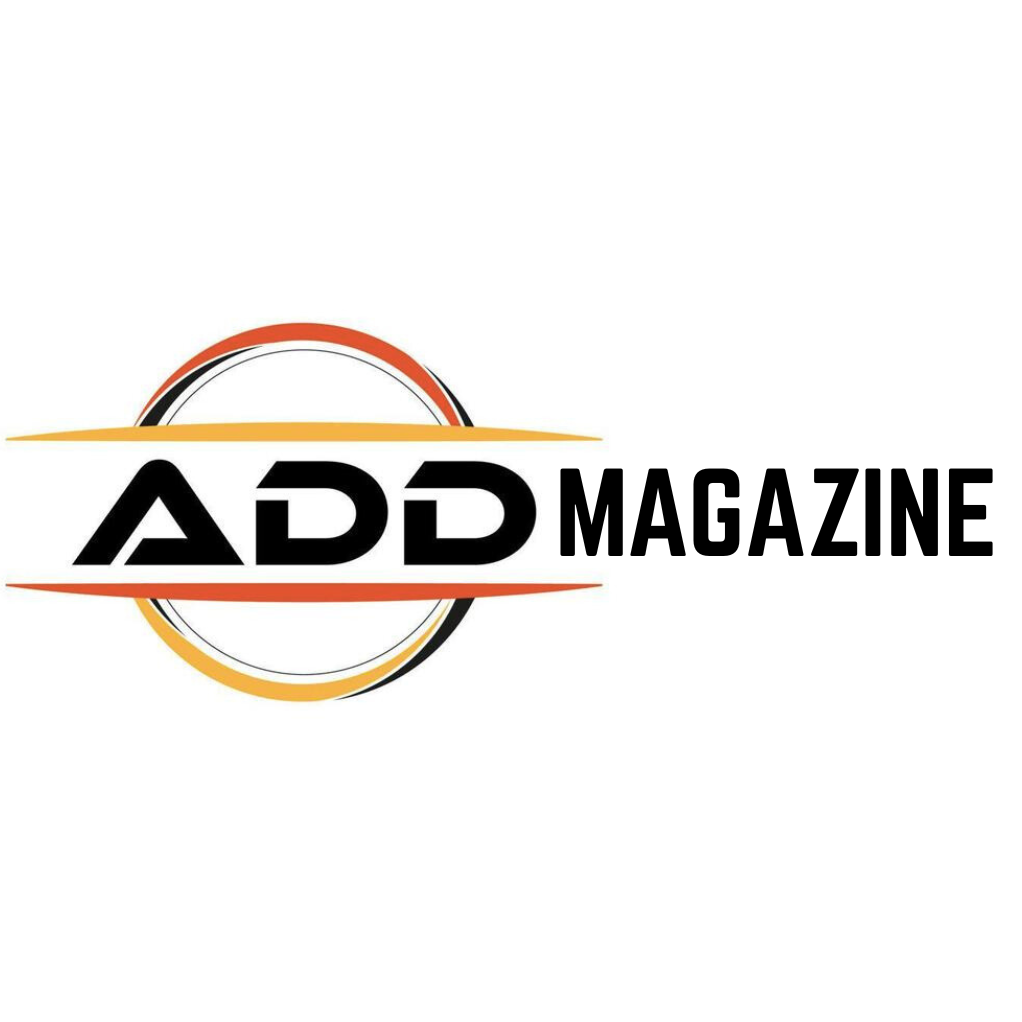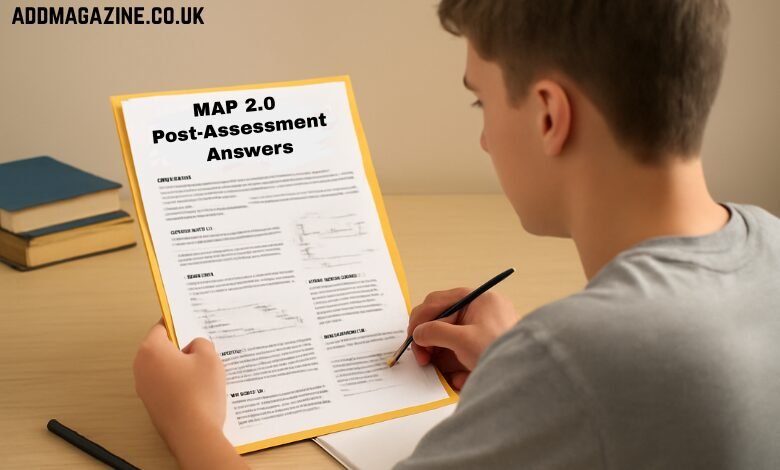MAP 2.0, or Measures of Academic Progress 2.0, is a widely used adaptive assessment tool for students in K–12 education. It helps educators understand the academic progress of their students and measure growth over time. The MAP assessment is a computer-based test that adjusts its difficulty based on a student’s responses. Consequently, it offers a precise overview of a student’s academic abilities, aiding in making informed educational choices.
The MAP 2.0 assessment is an updated version that provides even more in-depth insights into students’ strengths and weaknesses. It is crucial for educators, parents, and students alike to understand how to interpret and utilize the MAP 2.0 post-assessment answers effectively.
In this blog post, we will dive deeper into what MAP 2.0 post-assessment answers are, how they are used, and how they can benefit students and educators. Let’s break down the post-assessment process and discuss the key insights these answers provide.
What is MAP 2.0?
MAP 2.0 stands for Measures of Academic Progress 2.0, a refined version of the original MAP assessment. This assessment is used to measure students’ academic growth over time in areas such as reading, mathematics, language, and science. It is often used in conjunction with other assessment tools to provide a holistic view of a student’s academic performance.
The MAP 2.0 assessment adapts its questions based on a student’s ability level. It uses a computer-adaptive testing (CAT) model, which means the test adjusts in real-time to the student’s responses. When a student responds correctly, the following question becomes more challenging, while an incorrect answer leads to an easier one. This approach allows the test to pinpoint a student’s precise level of academic performance, even if they are working at a higher or lower grade level.
MAP 2.0 is typically given multiple times during the school year to track growth. The results are used by teachers to understand how well their students are grasping the material, and they provide valuable feedback on areas where students may need additional support.
What Are MAP 2.0 Post-Assessment Answers?
The MAP 2.0 post-assessment answers refer to the results that are provided after students complete their assessment. These answers are not just the correct or incorrect responses to individual questions but a detailed analysis of the student’s overall performance on the test.
After students complete the test, teachers and administrators receive a report that includes:
- RIT Scores: The Rasch Unit (RIT) score is the primary measure of a student’s academic level. It indicates the student’s current performance in each assessed subject area. RIT scores are presented on a scale, with higher scores indicating more advanced skills. These scores are used to track student growth over time.
- Percentiles: Percentiles show how a student’s performance compares to that of other students. For example, a student who scores in the 70th percentile has performed better than 70% of their peers. Percentiles can provide insight into a student’s relative performance at a given point in time.
- Growth Metrics: MAP 2.0 tracks student growth across different periods (e.g., fall to spring). The growth metrics help educators see how much progress a student has made within a given timeframe.
- Subject-Specific Results: Each student will have results for each subject assessed, such as reading, math, language, and science. The post-assessment answers break down the student’s performance in each area and provide insight into strengths and weaknesses.
- Diagnostic Reports: These reports provide a detailed analysis of the student’s performance in each area of the test, identifying the specific skills and concepts that need improvement. This data helps teachers tailor their instruction to meet the individual needs of each student.
How to Interpret MAP 2.0 Post-Assessment Answers
After receiving the post-assessment answers, educators must analyze them to gain insights into their students’ learning needs. The key to making the most of the MAP 2.0 results is understanding the different data points and what they mean in terms of student growth.
1. RIT Scores
RIT scores are perhaps the most important piece of data provided in the MAP 2.0 post-assessment results. These scores represent the student’s ability level and allow educators to determine where the student is on their learning path.
Teachers can use RIT scores to:
- Determine whether a student is working above or below the expected grade-level standards.
- Determine if a student is making adequate progress toward meeting educational goals.
- Track growth over time by comparing RIT scores from previous assessments.
2. Growth Metrics
Growth metrics are essential for understanding whether students are progressing at an appropriate rate. By comparing current scores with past performance, teachers can determine if students are meeting their growth targets.
For example, if a student’s RIT score shows they have improved by 10 points since the last assessment, this indicates a positive trend in their academic development. However, if a student’s growth is stagnating or declining, the teacher can intervene to provide additional support in areas where the student may be struggling.
3. Percentiles
Percentile scores help place a student’s performance in the context of the larger student population. For example, if a student’s performance is in the 85th percentile, they are performing better than 85% of students who took the same test. Percentiles can give a clearer picture of where the student stands relative to their peers.
However, percentiles should not be the only measure of success. It’s essential to focus on individual growth, regardless of where a student ranks compared to others.
4. Subject-Specific Results
The MAP 2.0 post-assessment answers break down student performance by subject area. By analyzing the individual subject results, teachers can pinpoint which areas students excel in and which areas require further attention.
For example, a student might perform well in mathematics but struggle with reading comprehension. This insight helps teachers adjust their instruction to better support the student’s areas of need.
5. Diagnostic Reports
Diagnostic reports provide a detailed breakdown of specific skills that students need to work on. These reports are invaluable for understanding where a student’s learning gaps lie and can guide teachers in providing targeted interventions.
The diagnostic report may show that a student is struggling with specific math concepts, such as fractions or word problems. With this information, a teacher can provide additional practice and resources to help the student master these concepts.
Benefits of MAP 2.0 Post-Assessment Answers
The MAP 2.0 post-assessment answers provide several benefits for students, educators, and parents. These benefits include:
1. Informed Instruction
Teachers can use the MAP 2.0 post-assessment answers to design targeted instruction that meets the needs of individual students. By identifying strengths and weaknesses, teachers can create personalized learning plans that ensure each student gets the support they need.
2. Tracking Student Growth
MAP 2.0 allows educators to track student growth over time. By comparing assessments taken at different times, teachers can see how much progress a student has made and whether they are on track to meet grade-level standards.
3. Identifying Areas for Intervention
The detailed reports generated from MAP 2.0 post-assessment answers help educators identify specific areas where students may be struggling. By recognizing these gaps early on, teachers can intervene before students fall too far behind.
4. Parent Involvement
MAP 2.0 post-assessment answers provide valuable information for parents. When shared with parents, these reports allow them to understand their child’s academic progress and areas for improvement. Parents can then work with teachers to support their child’s learning at home.
5. Objective Measurement of Performance
The adaptive nature of MAP 2.0 provides a more accurate and objective measurement of a student’s abilities. Since the test adjusts to the student’s level, it eliminates the potential for frustration caused by a test that is too hard or too easy. This makes it a fairer tool for assessing all students.
Different Uses of MAP 2.0 Post-Assessment Answers
MAP 2.0 post-assessment answers provide detailed data that can be used in various ways to improve education outcomes for both students and educators. The data gathered from MAP 2.0 assessments isn’t just for evaluating a student’s performance; it can be a tool for enhancing the learning experience, guiding instruction, and tracking progress over time. Below are several key uses for the MAP 2.0 post-assessment answers:
1. Personalized Instruction
One of the most significant uses of MAP 2.0 post-assessment answers is for personalizing instruction. The data can be broken down by subject and skill level, allowing teachers to tailor their lessons to meet the specific needs of each student. For example, if a student struggles with fractions but excels in geometry, the teacher can focus more on fractions and provide additional resources or practice to help the student improve in that area.
By analyzing MAP 2.0 post-assessment results, teachers can identify individual strengths and weaknesses, which makes it easier to design lessons and activities that match the student’s learning pace and level.
2. Tracking Student Growth Over Time
The MAP 2.0 post-assessment results enable educators to monitor a student’s academic growth and development throughout the year. By comparing RIT scores across different assessments (e.g., fall to spring), educators can determine whether a student is making adequate progress and whether their learning needs are being met.
This growth tracking is essential for identifying students who are excelling and may need more challenging material, as well as those who are struggling and may require additional support or intervention.
3. Identifying Skill Gaps
The diagnostic reports generated by MAP 2.0 post-assessment answers highlight specific areas where students are struggling. For example, if a student’s results indicate difficulty in reading comprehension or solving word problems in math, teachers can focus on those specific skills to help the student overcome their challenges.
Identifying skill gaps early on is crucial for providing targeted interventions and avoiding students falling behind in their learning. Teachers can create action plans or provide extra practice in these areas to ensure students master the necessary concepts.
4. Data for Parent-Teacher Communication
MAP 2.0 post-assessment answers provide a clear, data-driven way to communicate with parents about their child’s academic progress. The results can be shared with parents during conferences or meetings, helping them understand where their child is excelling and where improvements are needed.
This clarity enables parents to take a more active role in supporting their child’s educational journey. With the data in hand, parents can work with teachers to reinforce learning at home or provide additional resources to support their child’s development.
5. Guiding Curriculum and Instructional Changes
MAP 2.0 post-assessment results can help school districts and administrators make data-driven decisions about curriculum and instruction. If a significant number of students are struggling in a particular area, such as reading or math, the data can be used to adjust the curriculum or introduce new instructional strategies.
For example, if data reveals that many students are not mastering certain mathematical concepts, educators might decide to spend more time on those topics, implement new teaching methods, or adopt supplemental materials to improve student outcomes in that area.
6. Grouping Students for Targeted Interventions
After reviewing the MAP 2.0 post-assessment results, educators can group students based on their performance levels. For instance, students who performed similarly on the assessment could be grouped together for targeted interventions or enrichment activities.
For example, students who are struggling with reading comprehension might be placed in a small group to receive additional practice, while those who excel might be grouped together for advanced reading material. This approach ensures that students receive the level of instruction they need, whether they need remediation or more challenging content.
7. Benchmarking Performance Against Standards
MAP 2.0 post-assessment answers allow educators to benchmark a student’s performance against grade-level standards or national norms. By comparing a student’s RIT score with national percentiles or grade-level expectations, educators can determine if the student is on track to meet academic goals.
This benchmarking can be a useful tool for measuring how well students are progressing relative to their peers or the standards set by the educational system. It helps ensure that students are meeting the necessary milestones required at each grade level.
8. Setting Educational Goals
With the help of MAP 2.0 post-assessment answers, teachers and students can set realistic educational goals. The data from the assessments can be used to identify areas of strength and areas needing improvement, helping students and educators to develop a clear plan for growth.
For example, if a student’s RIT score is significantly lower in reading compared to math, the teacher can set a specific goal to raise the student’s reading score over the next term. By using the assessment data as a baseline, teachers can create measurable, time-bound goals for each student.
9. Formative Assessment for Instructional Adjustments
MAP 2.0 post-assessment answers can be used as a form of formative assessment to adjust teaching strategies throughout the year. Educators can use the data to evaluate whether their current instructional practices are effective or whether changes are needed.
If a particular strategy or lesson is not yielding the desired results, teachers can modify their approach based on the post-assessment data. This helps ensure that instruction is always aligned with the student’s current learning needs.
10. Professional Development for Educators
The insights derived from MAP 2.0 post-assessment answers can inform professional development efforts for educators. For example, if a school’s results show that many students are struggling with a specific subject area, teachers can receive targeted professional development in that area to enhance their instructional practices.
Teachers can also use the data to reflect on their teaching methods and adjust accordingly. By attending workshops or receiving training based on the assessment results, teachers can enhance their skills and improve student outcomes.
11. Measuring the Effectiveness of Interventions
For students who receive additional support or interventions, MAP 2.0 post-assessment answers are an excellent tool for measuring the effectiveness of those interventions. By comparing a student’s performance before and after the intervention, educators can determine if the intervention was successful in improving the student’s academic performance.
For example, if a student participates in an after-school tutoring program, the post-assessment data can reveal whether the tutoring had a positive impact on the student’s RIT scores or overall growth.
12. Supporting Educational Research and Policy
At the district or state level, MAP 2.0 post-assessment answers can contribute to educational research and policy decisions. The data collected across schools can reveal trends and patterns that help inform decisions about curriculum changes, school-wide interventions, and resource allocation.
For instance, if research shows that students in a particular district consistently score low in reading comprehension, policymakers may decide to invest more in literacy programs or adjust the curriculum to better address this need.
Conclusion
MAP 2.0 post-assessment answers provide detailed insights into a student’s academic progress. By focusing on RIT scores, percentiles, growth metrics, and diagnostic reports, educators can better understand their students’ strengths and weaknesses. With this information, teachers can tailor their instruction to meet individual needs, track progress, and intervene when necessary.
As an adaptive assessment tool, MAP 2.0 gives educators the data they need to make informed decisions about their students’ learning and ensure every child receives the support they need to succeed academically. The MAP 2.0 post-assessment answers are not just a reflection of a student’s performance; they are a valuable tool for driving growth and achievement in education.
FAQs
1. What are MAP 2.0 post-assessment answers?
MAP 2.0 post-assessment answers are the results and data provided after students complete their MAP 2.0 assessment. These answers help educators evaluate students’ performance and growth in specific academic areas.
2. Are MAP 2.0 post-assessment answers available for free?
No, MAP 2.0 post-assessment answers are not typically available for free. Schools or districts must purchase access to the MAP 2.0 system to receive the assessment data.
3. How can MAP 2.0 post-assessment answers help teachers?
MAP 2.0 post-assessment answers help teachers by providing detailed insights into student performance, identifying strengths and weaknesses, and allowing them to personalize instruction based on individual student needs.
4. Can MAP 2.0 post-assessment answers be used for tracking student progress?
Yes, MAP 2.0 post-assessment answers can be used to track a student’s progress over time. Teachers can compare results from different assessments to monitor growth and adjust their teaching strategies accordingly.
5. How often should MAP 2.0 assessments be administered?
MAP 2.0 assessments are typically administered multiple times throughout the school year, often at the beginning, middle, and end of the academic year, to measure students’ growth and academic development.




